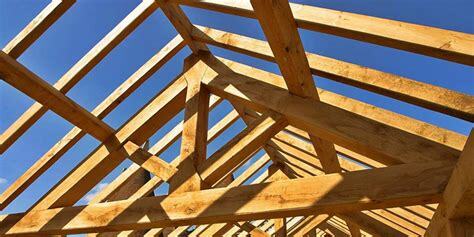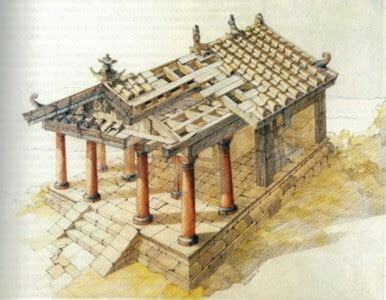Timber Roof Systems: Ancient Greeks Invent the Truss

Episode 5: From Temple to Basilica – Timber Roof Systems
Understanding Greek and Roman Technology: From the Catapult to the Parthenon
Dr Stephen Ressler (2013)
Film Review
All Greek temples had wooden prop and lentil roof systems. Because wood decomposes quickly over time, no Greek temple roofs have survived to the present day.
As Ressler illustrates with diagrams, prop and lentil roofs consist of horizontal beams supported by interior columns and covered by rafters and battens. The battens supported interlocking terra cotta roof tiles, producing a water tight roof without nails, clamps, adhesives or sealants.

Because wooden beams longer than 30 feet sag in the middle, Greek architects used extensive interior colonnades (ie rows of columns). Not only was this an extremely expensive solution (requiring massive amounts of marble), but it severely limited usable space inside the building.
Greek architects eventually solved this dilemma by incorporating tie-beam-trusses into newer buildings. Ressler believes Sicilian Greeks learned about trusses from the Carthaginians. However it was the Romans who ultimately became masters of the truss in the second century AD. This enabled the construction of much wider buildings (known as basilicas) with much larger public meeting halls.
As Ressler exhibits with a scale model, the truss works by distributing load equally between all attached segments of the truss.

Film can be viewed free with a library card on Kanopy.
The Most Revolutionary Act
- Stuart Jeanne Bramhall's profile
- 11 followers



